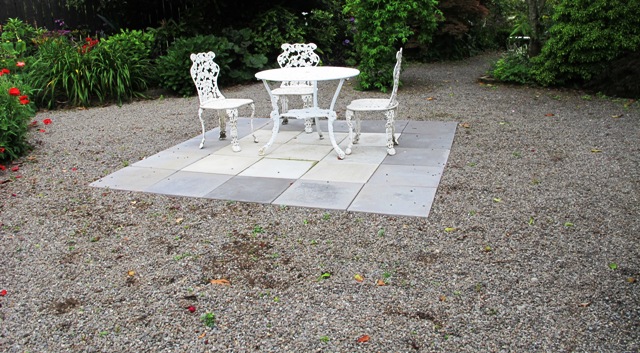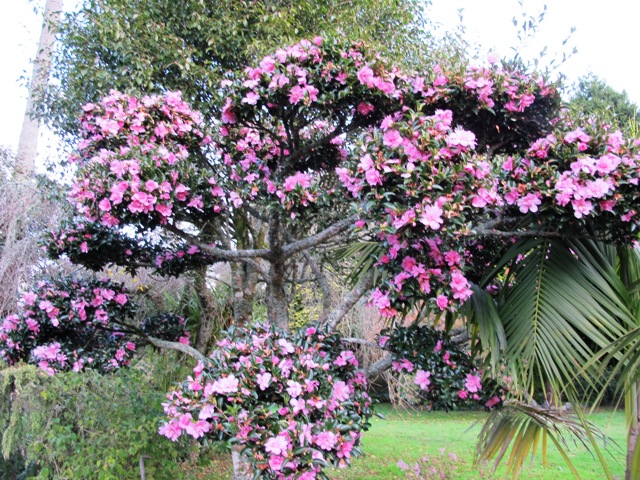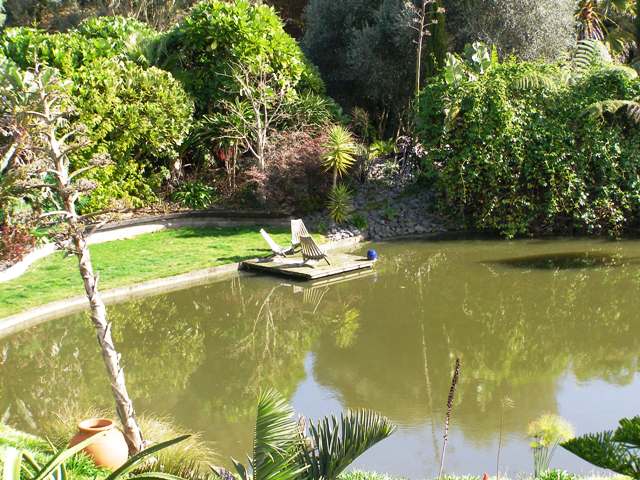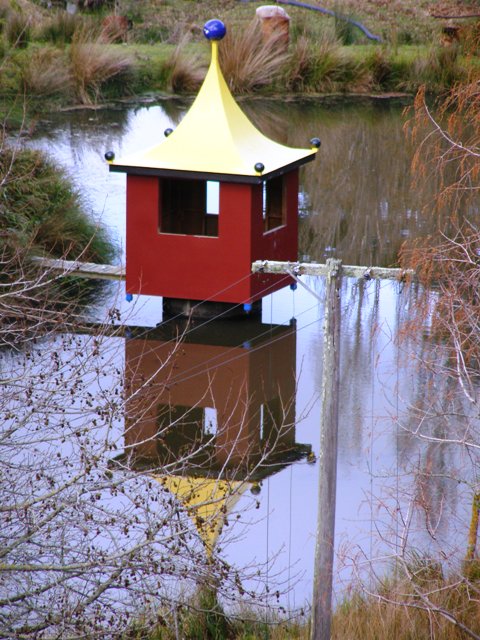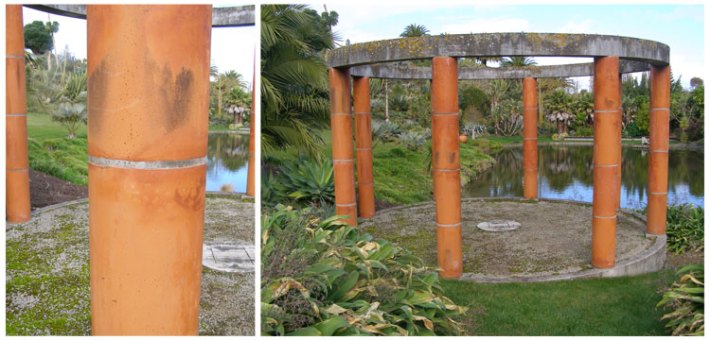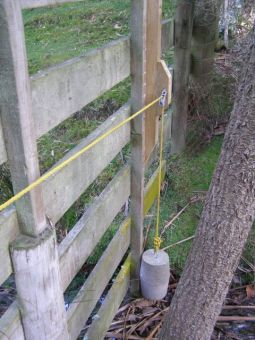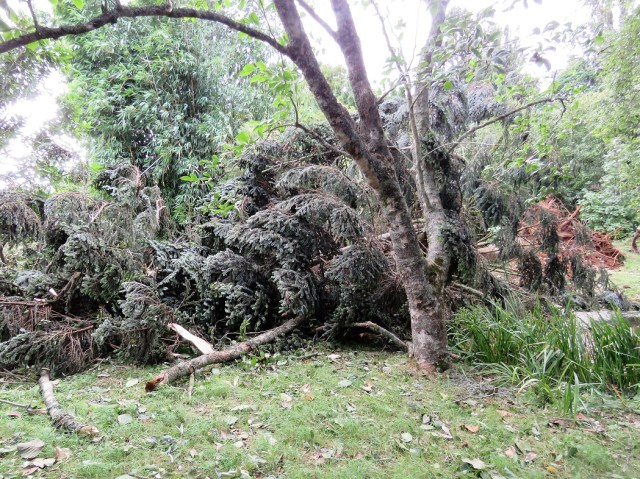
The clean-up from Cyclone Dovi is continuing here at a cracking pace. Zach started on the large, fallen abies in the park and has almost finished it. We were relieved to find that damage to the bridge beneath is minimal. A few more centimetres to one side and it could have wiped out most of the bridge. This would have been a problem for us, had it twisted the metal chassis beneath the bridge timbers.
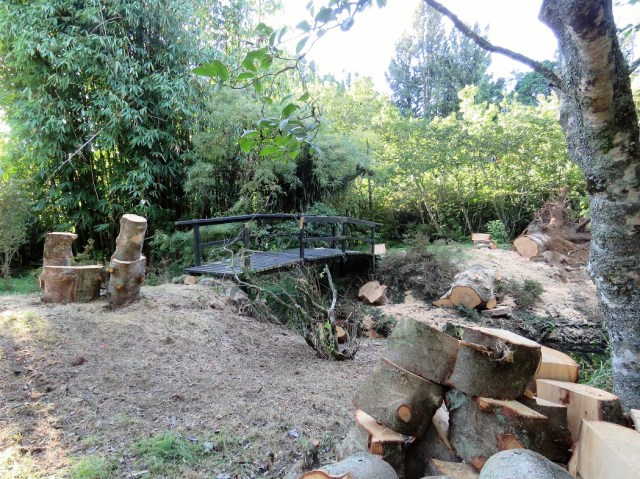
Because it is right at the bottom of the park, dealing with the debris is an issue. Mark was not interested in the timber for firewood. We burned the Abies procera we dropped a few years ago but it proved to be a very light timber and we have better options. Access issues mean it isn’t practical to offer the wood to people who are less picky about their firewood and we don’t want to haul the whole lot out with our baby tractor, so creativity is required.
We debated about hiring an industrial-grade mulcher to deal with all the branches and foliage but decided in the end to burn it nearby. It leaves a dead patch in the grass but that can be resown and will disappear in a year or so. It is less work than having to disperse a mountain of wood chip in an area where we don’t need mulch.
But what to do with the lengths of trunk that can’t be left where the tree fell across the stream?
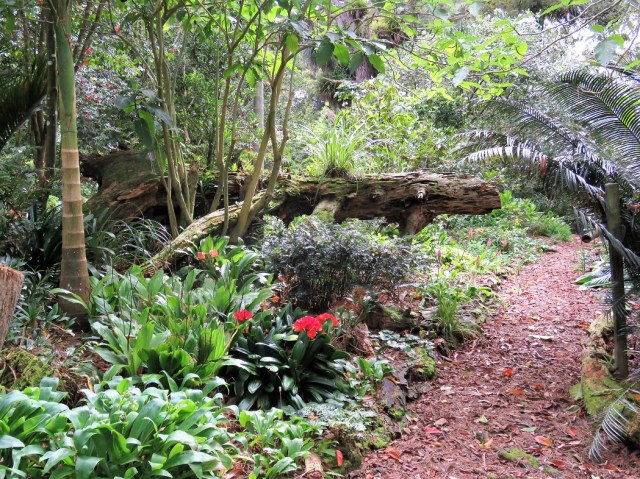
We re-use a lot of fallen material here. Suitable thinner lengths of branches are sometimes used to edge garden beds and borders where appropriate. Where we can, we clean up fallen trees, reducing them just to the main trunk and then garden around them. Over time, they rot down and start to disintegrate but that is part of the long-term cycle.
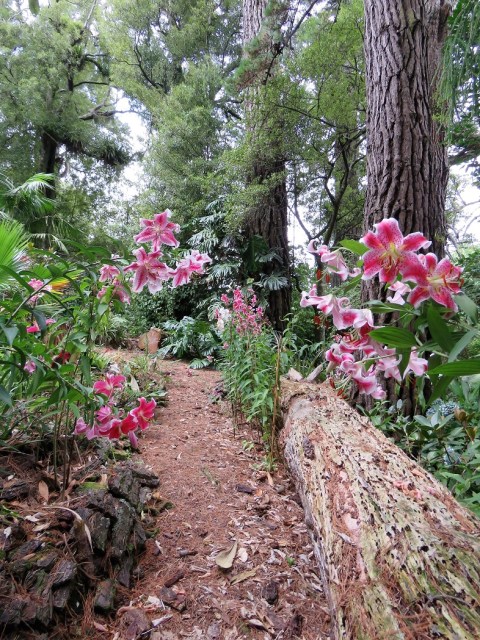
Where this is not an option, we will cut the trunks to manageable lengths, take out what we want for firewood and place the rest. Other gardens may have sculptures and installations that are clearly made by human hands; we have casual installations of wood, sometimes as stumperies and sometimes just as low-key placements.
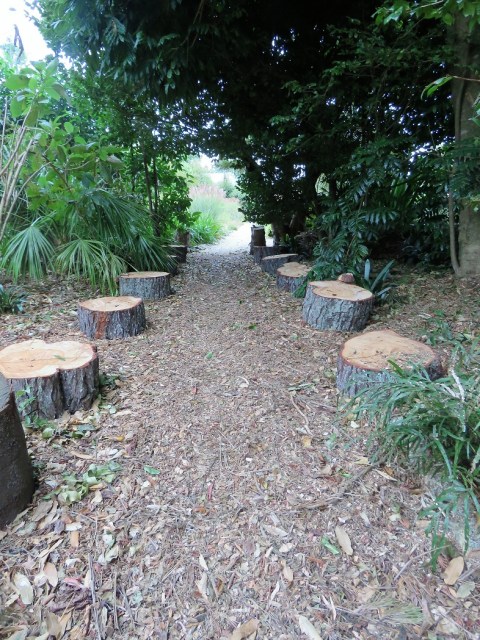
We have already placed the pine lengths from the Avenue Gardens that were surplus to firewood replacements. At least some of the abies is destined for another use – giving height and structure to a rather casual area of planting. This is an area that has no name yet, where the Avenue Gardens transition down the hill to the park – I wrote about it once on blurring the transition from well-tended gardens to more laissez-faire outer reaches. We may have to come up with some shorthand name rather than referring to it as ‘the bit beside the steps coming down from the Avenue Gardens to the Mangletia insignis”.

This is Mark’s vision. Neither Zach nor I can grasp yet what he has in mind, although Zach has carted abies lengths to this area in preparation. Zach and I are pretty good on placing individual bits as punctuation marks in the garden but not on creating entire structures. We will both watch and learn as it happens. I have every confidence in Mark’s skills in this endeavour
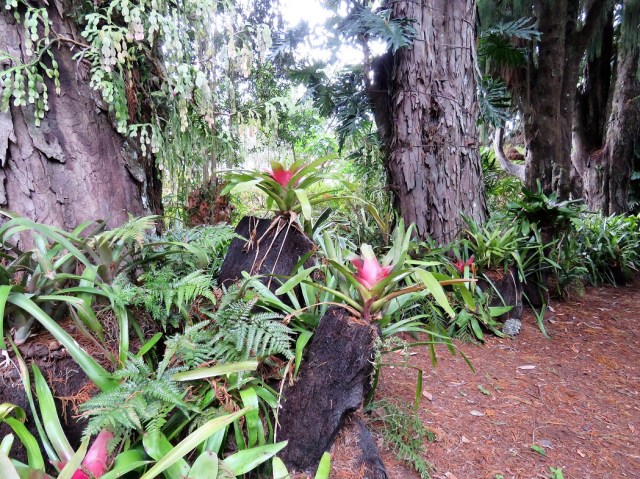
Our feature Rimu Avenue is essentially a stumpery, created as a pragmatic solution to enable plants to grow in dry shade where the enormous trees above are sucking all the goodness and moisture from the ground beneath. They are a naturalistic, raised bed solution. The oldest section was created in the 1950s by Mark’s dad, Felix and he used ponga logs and stumps (NZ tree ferns, for overseas readers). These are remarkably durable – still serving their purpose after 70 years.
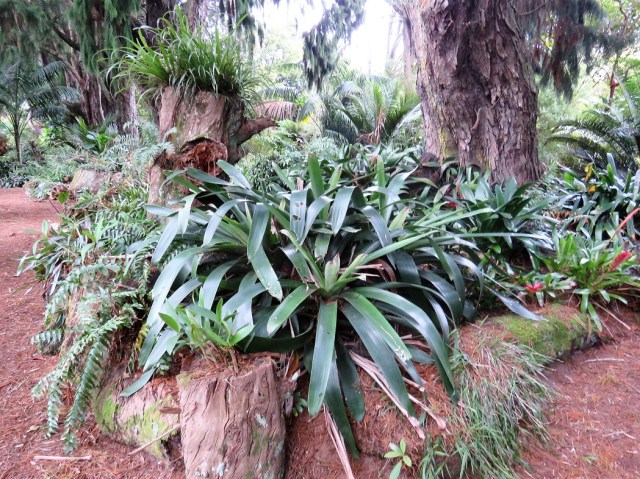
When Mark doubled the length of the Rimu Avenue 20 years ago, he was disinclined to go out to the bush to harvest ponga so he used what we had to hand – a bit of ponga but mostly lengths of trees that have fallen here.
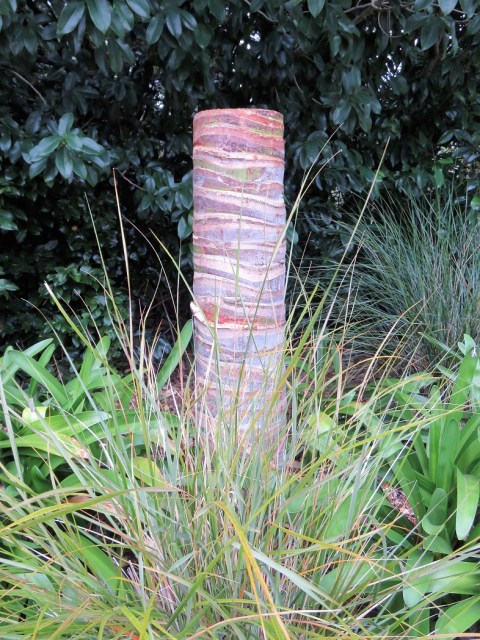
Somewhat unintentionally, our labour saving strategies are creating a theme throughout the entire garden – the re-use of fallen timber to create focal points, casual structure and different environments for plants as well as stowing lengths of fallen or felled trees in a way we find aesthetically and environmentally pleasing. It has been happening here for years. Cyclone Dovi has just accelerated it.
It all decays over time but don’t we all?
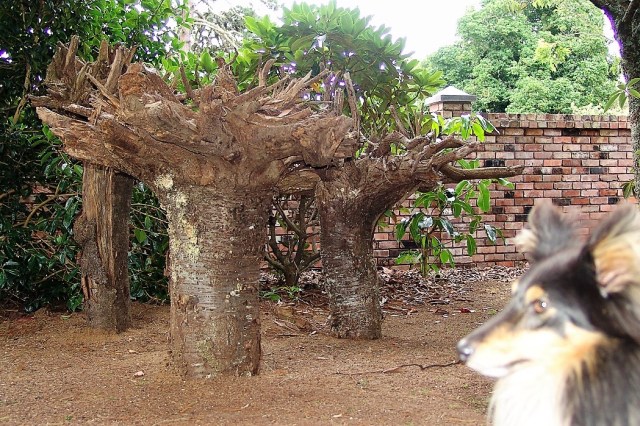
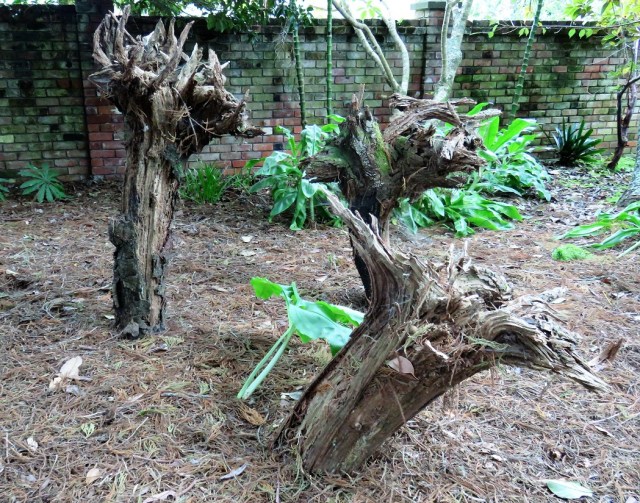


 Maybe it was our national cricket team playing in Yorkshire that brought this scene back to mind. I photographed it at Yorkshire Lavender near Terrington, about this time last year. I was greatly charmed at the time. It was set on top of a small hill with a big sky and big vistas. I admit I like cricket – well, I like it when our team is winning and they did win the test match a few weeks ago – but it was the large scale whimsy that I appreciated with this scene.
Maybe it was our national cricket team playing in Yorkshire that brought this scene back to mind. I photographed it at Yorkshire Lavender near Terrington, about this time last year. I was greatly charmed at the time. It was set on top of a small hill with a big sky and big vistas. I admit I like cricket – well, I like it when our team is winning and they did win the test match a few weeks ago – but it was the large scale whimsy that I appreciated with this scene.
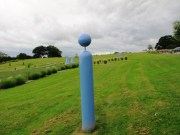


 I like lavender. I really enjoy the open fields of lavender which are so evocative of a different climate. It is not a plant for our fertile conditions with high humidity and high rainfall all year round. I have just one plant left and it lurches on from year to year, clutching at the remnants of its life. I liked the way Yorkshire Lavender didn’t just keep to lavender but were extending into the New Perennial style as well with their mixed plantings and the mandatory grasses.
I like lavender. I really enjoy the open fields of lavender which are so evocative of a different climate. It is not a plant for our fertile conditions with high humidity and high rainfall all year round. I have just one plant left and it lurches on from year to year, clutching at the remnants of its life. I liked the way Yorkshire Lavender didn’t just keep to lavender but were extending into the New Perennial style as well with their mixed plantings and the mandatory grasses.



